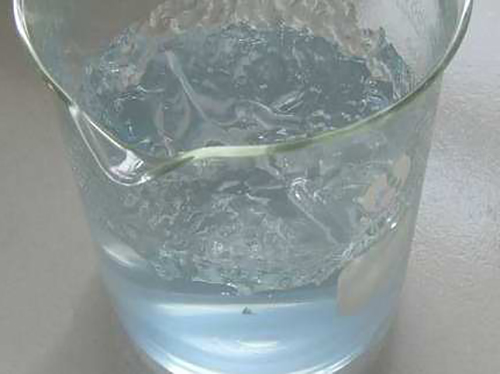Exploring the Benefits of Cationic Polyacrylamide as a Flocculant in Water Treatment
The Versatility and Importance of Cationic Polyacrylamide Flocculant
Cationic polyacrylamide (CPAM) flocculant has emerged as an essential material in various industrial applications, particularly in water treatment, paper production, and mineral processing. It is a synthetic polymer characterized by its positive charge, which enhances its ability to interact with negatively charged particles in solutions. This unique property makes CPAM a vital tool for promoting flocculation—a process where fine particulates aggregate into larger clusters for easier removal.
Chemical Structure and Properties
Cationic polyacrylamide is derived from acrylamide, a monomer that undergoes polymerization to form long-chain molecules. The introduction of cationic groups, often achieved by copolymerization with cationic monomers, imparts a positive charge to the polymer. This charge adjustment significantly enhances the flocculant's performance, particularly in treating wastewater, as it neutralizes negative charges on suspended solids, causing them to agglomerate and settle more effectively.
Applications in Water Treatment
One of the primary applications of CPAM is in water treatment. Municipalities and industries utilize this flocculant to clarify drinking water and treat industrial wastewater. In the coagulation and sedimentation processes, cationic polyacrylamide effectively binds colloidal particles, such as silt, clay, and organic matter, facilitating their aggregation into larger flocs. As a result, these flocs can be easily removed through sedimentation or filtration, significantly improving the quality of the treated water.
Furthermore, CPAM is particularly advantageous in removing oil and grease from wastewater streams, rendering it an ideal choice for petrochemical and food processing industries. Its ability to enhance solid-liquid separation ensures that effluent discharge meets regulatory standards, thereby minimizing environmental impact.
cationic polyacrylamide flocculant

Role in Paper Production
In the paper industry, cationic polyacrylamide plays a crucial role in enhancing the strength and quality of paper products. As a retention and drainage aid, it improves the retention of fine fibers and fillers during the paper-making process. This leads to increased yield and reduced waste, contributing to more sustainable production practices. Additionally, CPAM enhances the bonding between fibers, resulting in stronger and more durable paper.
Benefits and Considerations
The use of cationic polyacrylamide offers several benefits. It operates effectively across a wide range of pH levels and can be customized in terms of molecular weight and charge density, allowing users to tailor the flocculant to specific applications. Additionally, CPAM is generally biodegradable, making it an environmentally friendly option compared to many traditional flocculants.
However, there are considerations to keep in mind when using CPAM. The potential for residual toxicity in treated water requires careful monitoring and adherence to safety protocols. Proper handling is essential, as aquifer contamination is a critical concern in areas reliant on groundwater sources.
Conclusion
Cationic polyacrylamide flocculant is a versatile and valuable tool across various industries, particularly in water treatment and paper production. Its ability to enhance flocculation and facilitate effective solid-liquid separation makes it indispensable for achieving regulatory compliance and ensuring product quality. As industries continue to prioritize sustainability and environmental responsibility, the role of CPAM is likely to expand, further demonstrating its significance in modern industrial practices. Embracing this technology not only benefits operational efficiency but also contributes to a cleaner and healthier environment.
-
LK-319 Special Scale And Corrosion Inhibitor For Steel Plants: Advanced Solutions for Industrial Water SystemsNewsAug.22,2025
-
Flocculant Water Treatment: Essential Chemical Solutions for Purification ProcessesNewsAug.22,2025
-
Isothiazolinones: Versatile Microbial Control Agents for Industrial and Consumer ApplicationsNewsAug.22,2025
-
Scale Inhibitor: Key Solutions for Water System Scale PreventionNewsAug.22,2025
-
Organophosphonates: Versatile Scale Inhibitors for Industrial Water SystemsNewsAug.22,2025
-
Scale and Corrosion Inhibitor: Essential Chemical Solutions for Water System MaintenanceNewsAug.22,2025





